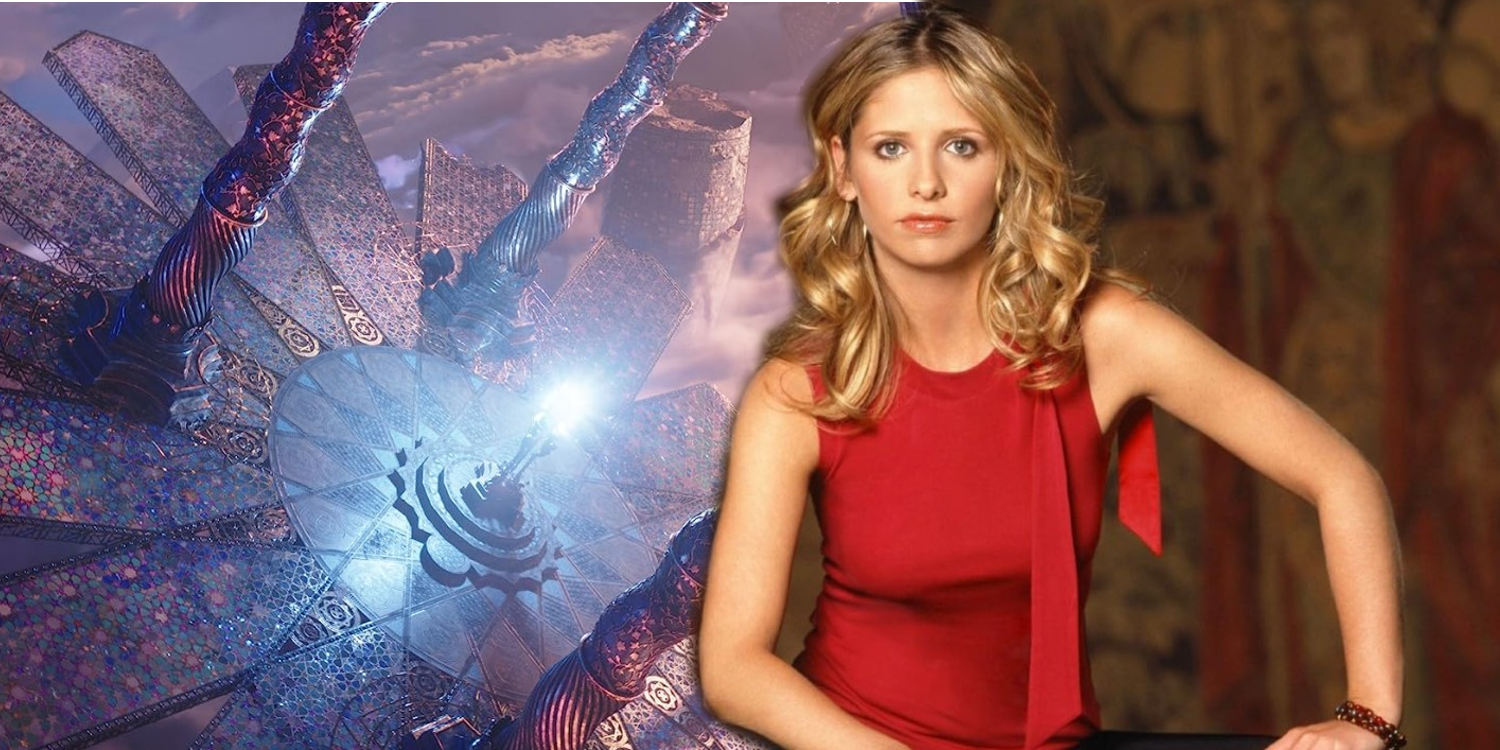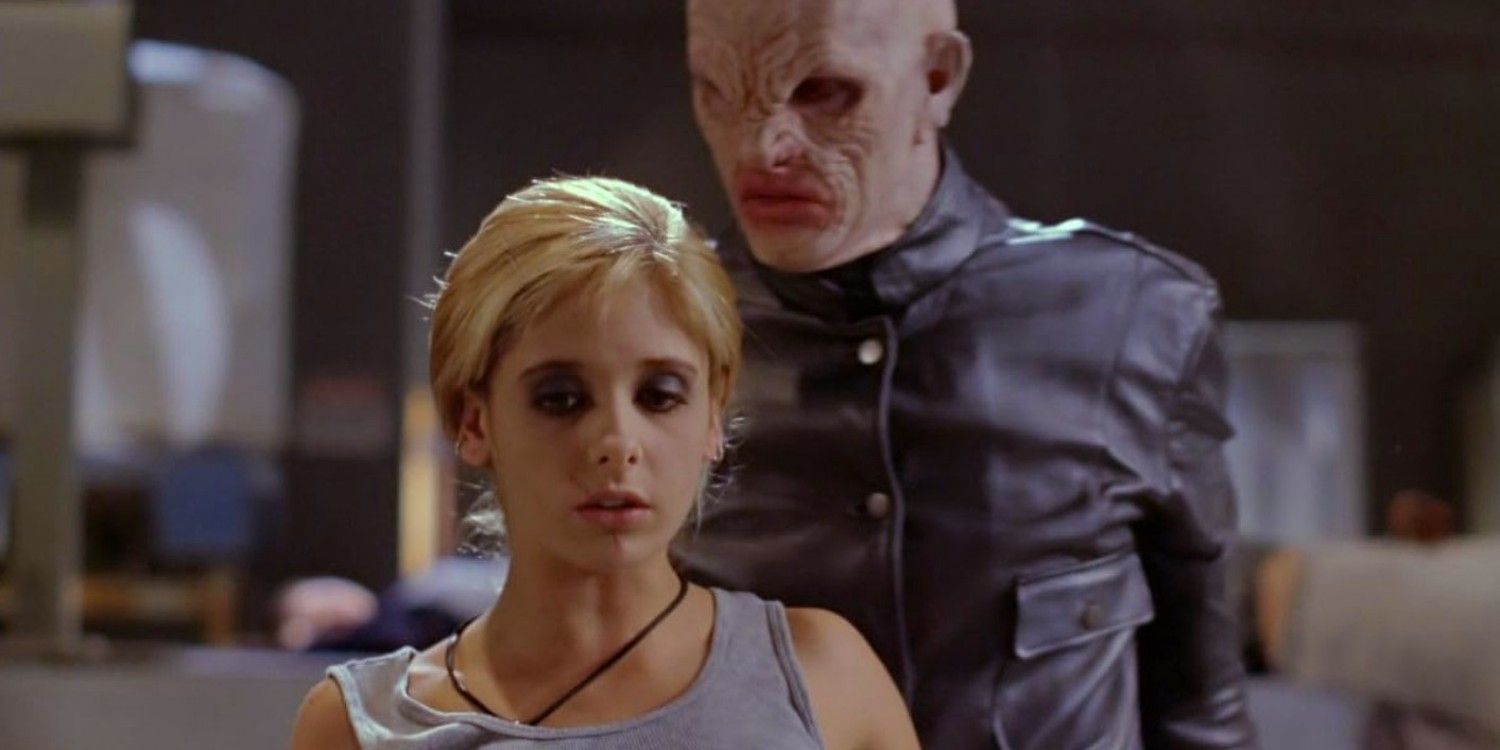
Unmasking the Multiverse Mystery: How Buffy the Vampire Slayer Triumphed Where Today's Biggest Franchises Fell Short

Buffy The Vampire Slayer effortlessly navigated the complexities of a multiverse, setting a benchmark for 2020s' franchises to learn from
While multiverse stories have gained popularity in recent years, Buffy the Vampire Slayer was ahead of its time in introducing the concept and avoiding the pitfalls that other franchises face today. Multiverses offer a vast and imaginative storytelling tool, but they also come with their fair share of narrative challenges that, if not handled carefully, can undermine the success of a movie or TV show. Whether used for comedic or dramatic purposes, it is worth examining the successful approach of Buffy the Vampire Slayer's multiverse introduction, which other franchises can learn from.
Buffy the Vampire Slayer revolves around the adventures of the Slayer, Buffy (played by Sarah Michelle Gellar). As a chosen protector against supernatural creatures, Buffy and her friends defend the world from demons and monsters attracted to the Hellmouth beneath their school. Alongside battling these supernatural forces, the characters also navigate the typical challenges of high school life, including the complexities of social dynamics with popular girl Cordelia Chase (played by Charisma Carpenter). The series primarily focuses on its main timeline and rarely delves into time travel or alternate dimensions, with one notable exception involving Cordelia.
Buffy The Vampire Slayer Introduced A Multiverse (Without Losing Focus)
The inclusion of an alternate universe in Buffy the Vampire Slayer season 3, episode 9, titled "The Wish," is a unique aspect of the series. In this particular episode, Cordelia makes a wish with Anyanka, a revenge demon, resulting in her being transported to a nightmarish version of Sunnydale overrun by vampires. However, Cordelia quickly regrets her decision and reverses it, returning the cast to the original timeline. The only other encounter with this alternate universe occurs in season 3, episode 16, titled "Doppelgangland."
While the introduction of this alternate universe opens up various possibilities for plotlines, such as Buffy being a vampire or the Master's success, the show wisely avoids delving too deeply into this concept. By limiting the exploration of the alternate universe to just two episodes, the main series maintains its importance and prevents the narrative from becoming unfocused or overwhelming with impossible stakes.
What 2020s Multiverse Franchises Can Learn From Buffy
In contrast to many recent multiverse franchises, Buffy the Vampire Slayer effectively manages its multiverse by prioritizing two key elements: stakes and scale. Unlike other series, Buffy's limited exposure to the multiverse ensures that the main timeline remains significant and doesn't overshadow the diverse array of alternate realities. By keeping the focus on Sunnydale, the Slayer, and her companions, the narrative is enhanced rather than disrupted. As a result, the audience remains engaged and invested in both the characters and the setting, as the stakes and scale of the story are comprehensible and relatable.















